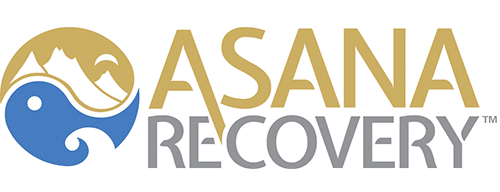Drug addiction is a complex disease that requires multifaceted treatment in order to recover and return to a happy and healthy life. Before you or your loved one joins us at Asana Recovery, you might be wondering about what drug addiction treatment entails.
The National Institute of Drug Abuse classifies drug addiction treatment in two main classes: medication and behavioral therapy. While this may seem like a narrow scope to treat the hundreds and thousands of people who suffer from addiction, these two categories, in fact, cover a wide variety of practices.
Many cases start with and necessitate a drug detoxification process, which is not easy for many patients. Detoxes can cause such intense withdrawal symptoms that a person can actually die if they attempt to detox on their own. At Asana Recovery, these detox programs are closely monitored by medical professionals to ensure they’re done in a safe manner.
This is where medication comes in. Medications can be used to treat withdrawal symptoms and assist in weaning a user off the drug. Others can help stabilize some of the brain chemistry that was thrown off by the constant drug abuse.
Medications can be helpful during the process, but they take a back seat to behavioral therapy. Behavioral therapies can take many forms, and different types of therapies are used for different people suffering from different drugs.
They can include:
12-Step Rehabilitation: This type of therapy is employed by Alcoholics Anonymous and their affiliates to help their patients get clean. While it is broken down into 12 individual steps as the name implies, the steps are further broken down into three individual sections: acceptance, surrender, and active involvement.
While this option is mainly used for alcohol abuse recovery, it has been an effective method for many years and is used in tandem with many other techniques.
The Matrix Model: This is model relies on a strong patient-therapist relationship and is used particularly to treat people with stimulant addictions. Through this relationship, the Matrix model attempts to avoid confrontations that can be so common in inpatient rehabilitation.
The Matrix Model is an outpatient treatment, but it is also very structured, as the therapist serves as a pivot point in the patients routine. A strong and mutually trusting relationship between patient and therapist is necessary for this method to be successful.
Individualized Counseling: This model focuses on the individual, and is centered less on following a theoretical structure. This type of counseling allows addicts to address specific issues that may only be pertinent to that unique individual, whether it be a past trauma, losing your dream job, dealing with the death of a family member, individualized counseling focuses on underlying reasons that a person becomes addicted.
There are many kinds of treatment options that have been developed over the years, each meant to fit a certain individual or types of individuals. It’s easy to find help if you simply reach out, and there are always team members at Asana Recovery who are here to listen and guide you or your loved ones on the path to recovery.



